Danfoss Automation Drive Control Card VLT
The VLT drives you listed FC 101, FC 102, FC 301, and FC 302 are different series of Variable Frequency Drives (VFDs). Each VFD series has a main control card (or control unit) that manages all control logic, I/O, communication, and motor control algorithms. The Danfoss Automation VLT drives are known for using a common platform of the control unit differ greatly between these models.
Danfoss VLT Drive Series
1. VLT HVAC Drive (FC 101)
- Focus: Optimized for Heating, Ventilation, and Air Conditioning (HVAC) applications.
- Control Card Function:
- Auto-tuning PID (for process control like pressure or temperature).
- Sleep Mode and Awake Function (to save energy at low demand).
- It has a simpler, application-specific I/O and communication set compared to the FC 302.
2. VLT Refrigeration Drive (FC 102)
- Focus: Optimized for refrigeration applications, such as compressors, condensers, and evaporators.
- Control Card Function:
- Dedicated compressor controls and oil pump sequencing.
- Integrated master/slave control for capacity management.
- Features to protect the compressor (e.g., pressure monitoring).
3. VLT Automation Drive (FC 301 / FC 302)
- Focus: A high-performance, general-purpose drive for all major industrial applications, including conveyors, cranes, extruders, and complex machinery.
- Control Card Function:
- FC 301 typically offers Volts-per-Hertz (V/f) and Sensorless Vector Control (SVC).
- FC 302 is the premium version, featuring high-performance Closed-Loop Vector Control (Flux Sensorless and Flux with Motor Feedback), offering high starting torque and precise speed control down to zero speed.
- The control card supports an extensive range of optional expansion boards for I/O, encoder feedback, and fieldbus communication
4. Key Control Card Features (Common to most VLTs)
- I/O Terminals: Digital inputs/outputs (for Start/Stop, direction, preset speeds), Analog inputs/outputs (for speed reference and feedback).
- Built-in Fieldbus: Standard communication, often Modbus RTU on the main terminals.
- Software and Logic: Houses the drive’s firmware, parameters (for setup), and application-specific logic (e.g., PID controllers, brake functions).
- Safety: Incorporates essential safety functions like Safe Torque Off (STO), which is typically standard on modern VLT drives.
The main difference in the control cards across these series lies in the firmware, specialized control algorithms, and included application functions (PID, flow compensation, etc.).
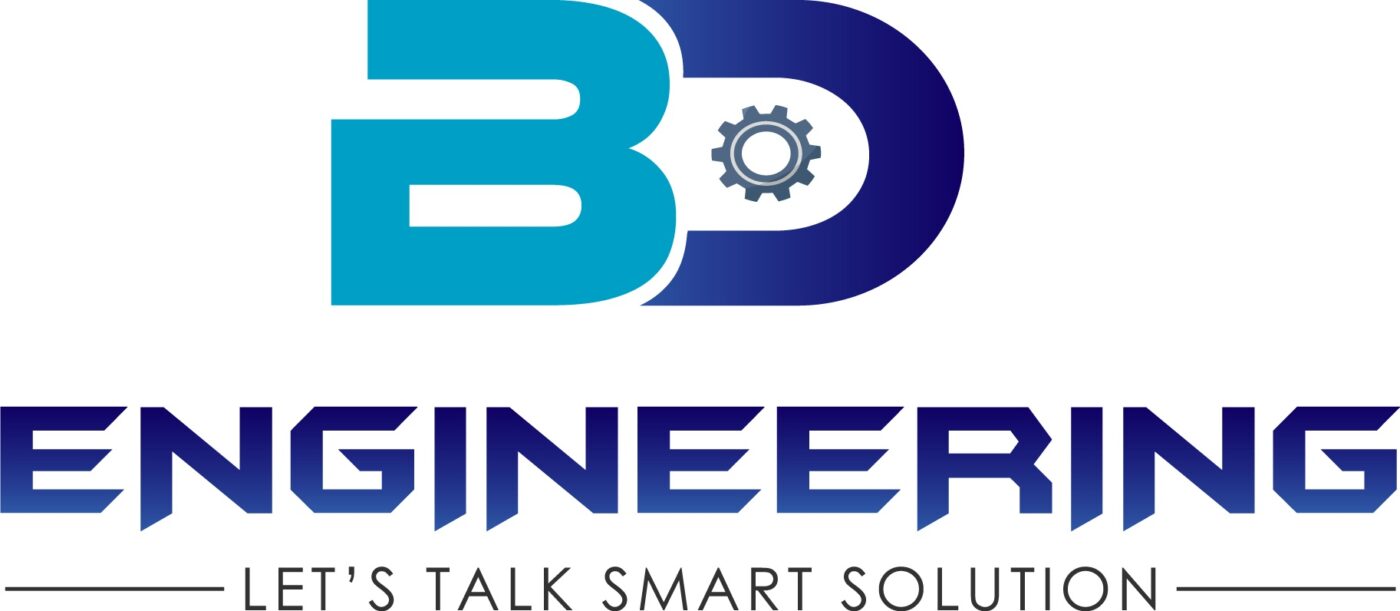
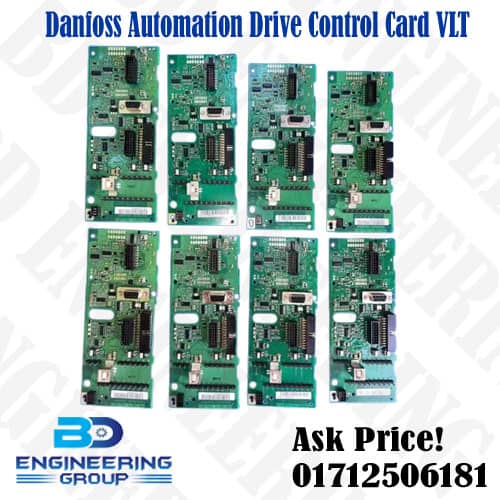
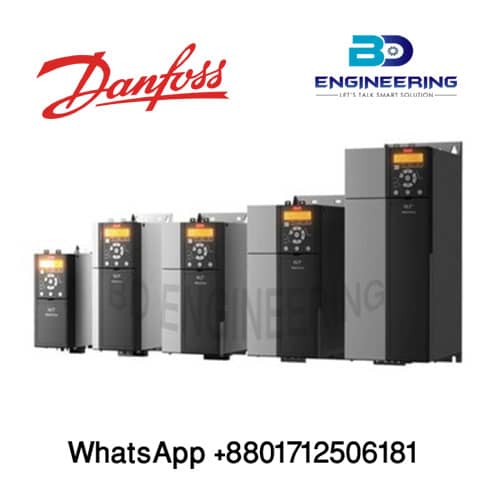
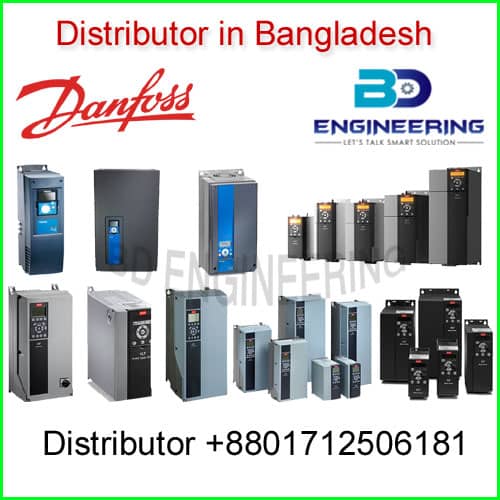
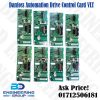
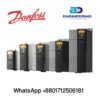
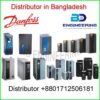
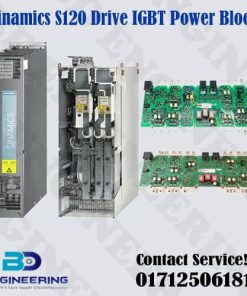
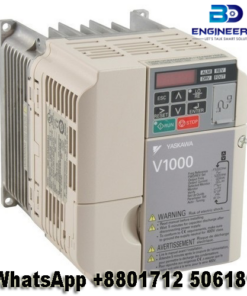
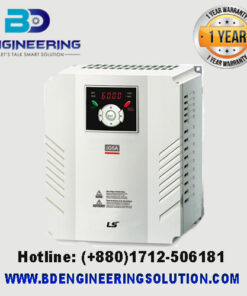
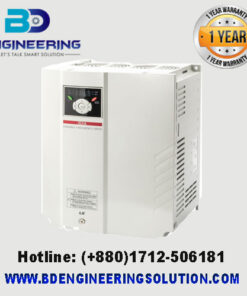
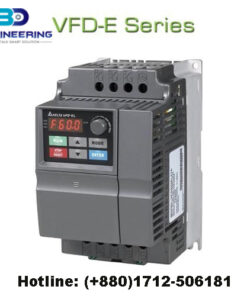
Reviews
There are no reviews yet.